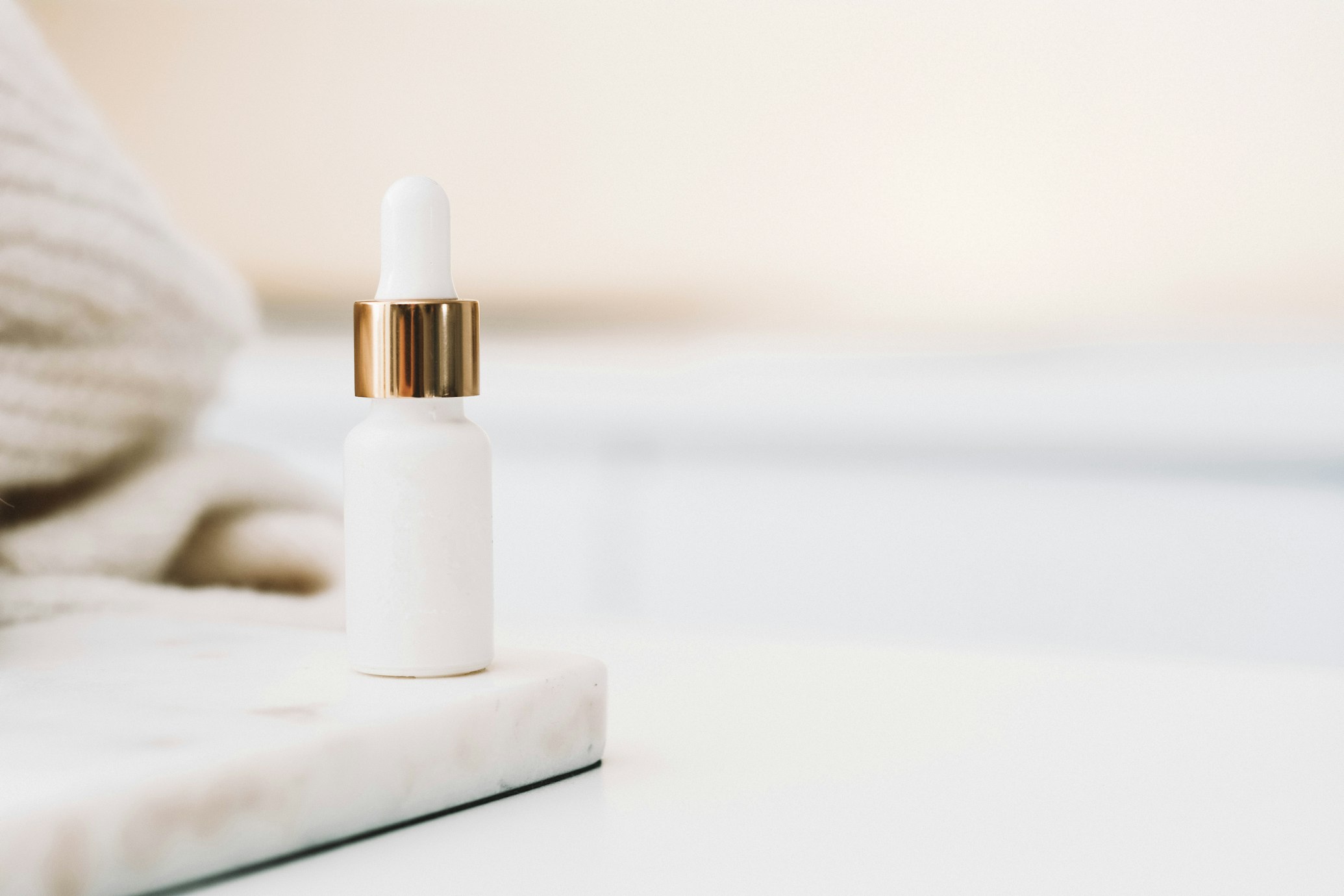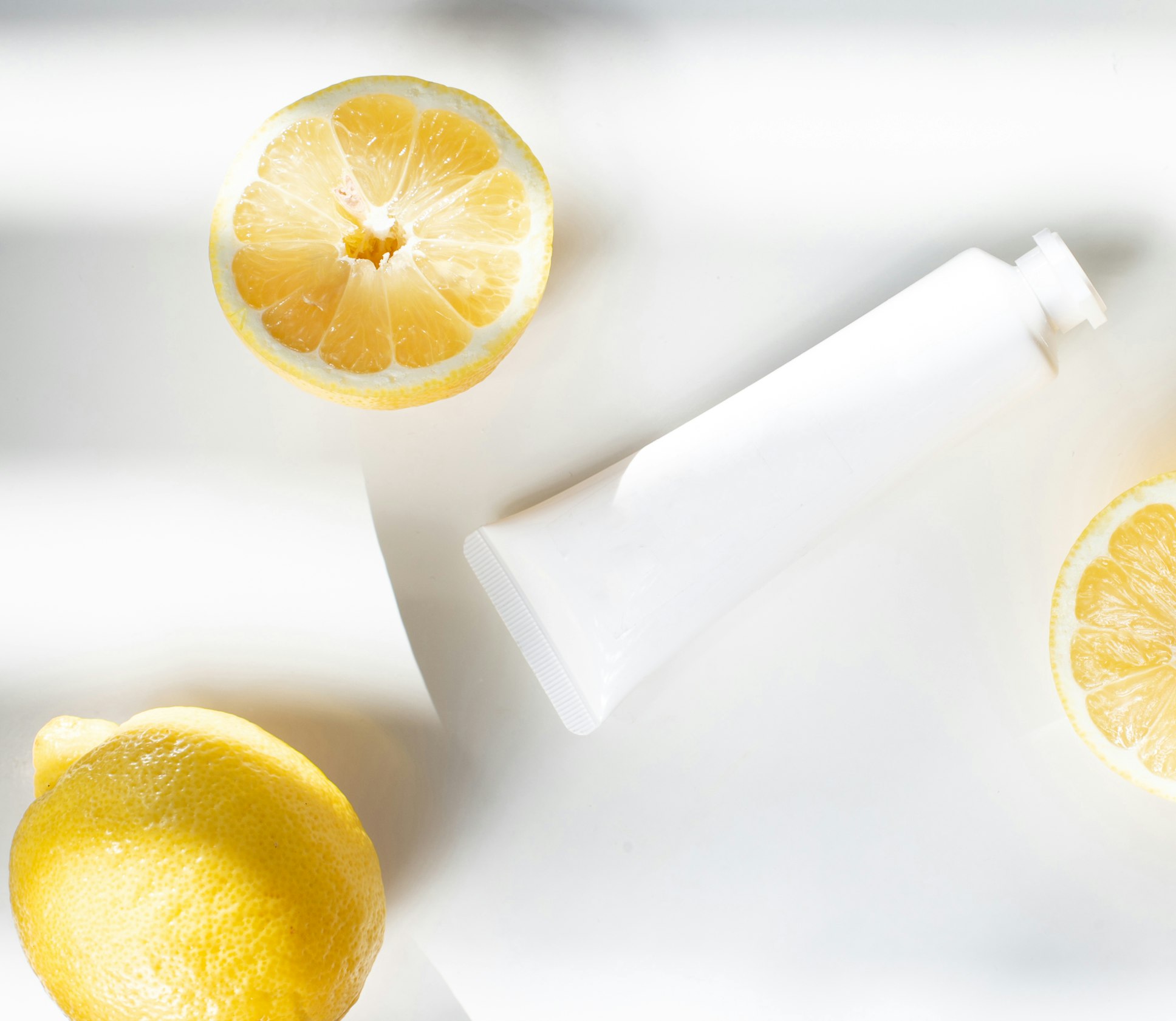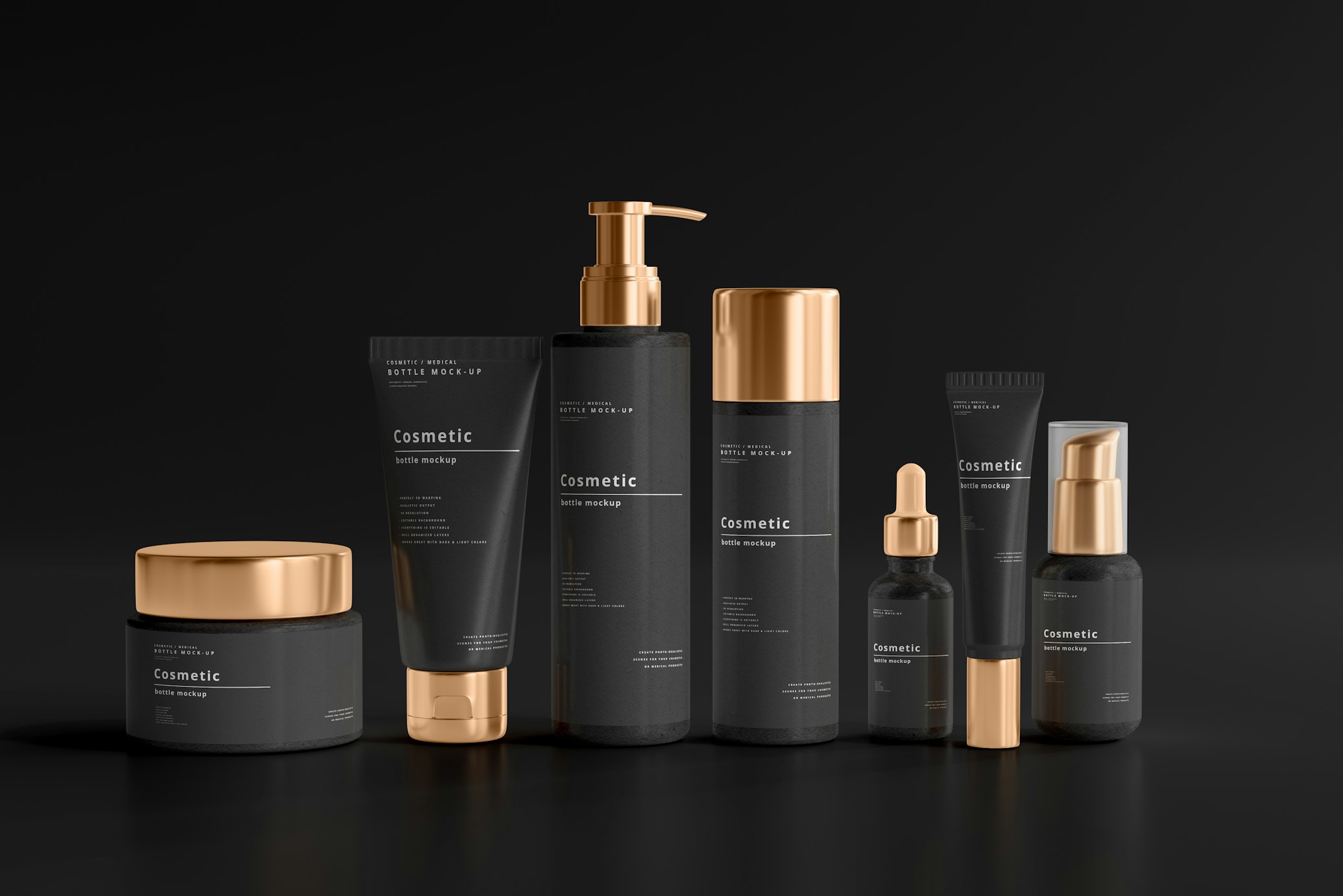
Have you ever wondered what was behind the lotions and concoctions that keep your skin glowing and healthy? It’s the science and creativity of skincare formulation! With a growing global skincare market projected to reach 210 billion USD in 2028, it’s clear that there’s a vast interest and potential in the skincare industry [1]. And since our skin is our largest organ, there’s plenty of good reason to take care of it. [2]
The skincare formulation lab is where science meets beauty and where every bottle of serum or moisturizer is designed perfectly suited to different skin types. From their textures to their soothing scents, skincare formulation involves experts such as chemists and dermatologists. These people are all responsible for blending various components to create the perfect balance for optimal skin health. When it comes to creating skincare products, the potential for growth and innovation is boundless.
The Function of Skincare Ingredients
When it comes to skincare, it’s not just about getting the right product but also about the chosen ingredients within each formula. Each ingredient has a specific function in that mix, including:
- Hydrators and Moisturizers – These ingredients are important for keeping the skin’s surface soft and supple. While moisturizers work by creating a physical barrier to keep moisture in, hydrators attract and absorb moisture into the skin [3].
- Antioxidants – Antioxidants such as vitamin C, vitamin E, and retinoids protect the skin from oxidative stress caused by environmental factors such as UV rays and pollution. They are also said to prevent or delay certain types of cell damage and help with aging [4].
- Anti-Inflammatory Agents – To calm redness and reduce swelling, anti-inflammatory components like niacinamide or zinc oxide are included in some skincare formulations. Since they help to soothe irritated skin, they can be especially helpful for conditions like acne or rosacea [5].
- Exfoliants – Exfoliation is the act of removing dead skin cells that can clog pores and is what helps us maintain clear and vibrant skin. Chemical exfoliants, like AHAs (glycolic acid, for example) and BHAs (salicylic acid, for instance), work to gently dissolve the bonds between skin cells [6].
- Peptides and Growth Factors – These ingredients serve to build up the skin’s structural proteins, like collagen and elastin. They let the skin know to repair and rejuvenate itself and are typically found in products formulated to reduce the appearance of wrinkles and fine lines [7].
- Sun Filters – Sun filters do exactly as they say – protect the skin from the harmful effects of UV radiation through ‘filtering.’ Organic filters absorb UV light, while mineral filters reflect it away from the skin. Most modern formulas include both, which is called broad-spectrum protection [8].
Skin Brighteners – For issues like hyperpigmentation, uneven skin tone, or overall dull skin, products might use ingredients to inhibit the production of melanin (the pigment responsible for skin coloration).
Types of Skincare Products

Whether it’s to cleanse, moisturize, or protect, each skincare product on the shelf offers a unique promise and purpose. They also all contain specifically selected ingredients that target our skin’s diverse needs. No matter if the goal is to develop an effective sunscreen or anti-aging moisturizer, the goal is to create a blend that is stable, safe, effective, and pleasing to the senses.
Customers want to purchase products that are both branded in an appealing way and are effective when applied. Let’s take a look at some of the most popular skincare products on the market and what they contain:
Cleansers
Cleansers are usually the first product people use in a skincare regimen in order to remove dirt, oil, and makeup from the skin. They usually contain surfactants that gently cleanse without stripping the skin of its natural oils [9]. There might often be other ingredients like botanical extracts for soothing purposes or glycerin for moisture retention.
Toners
Toners look to balance the skin’s pH and remove any residual dirt after cleansing – they’re often seen as a primer for the remainder of a skincare routine. They might also come with other properties that can help moisturize or soothe your skin [10].
Exfoliants
As mentioned earlier, exfoliants serve to promote the shedding of dead skin cells for fresher, brighter skin. Exfoliator products can either include chemical exfoliants like AHAs and BHAs or have physical exfoliants like small grains or beads to manually remove dead cells.
Serums and Concentrates
These products have high concentrations of active ingredients that penetrate deeply into the skin. They’re typically made to tackle specific issues like dehydration, aging, or hyperpigmentation and only require a few drops to be applied each time.
Moisturizers
Moisturizers are important for keeping the skin hydrated and protected. They usually contain a mix of humectants (to draw water into the skin), emollients (to smooth and soften the skin), and occlusives (to lock in moisture). Common ingredients you might find include squalane, hyaluronic acid, and ceramides. [11][12]
Sunscreens
Sunscreens protect the skin from UV radiation to prevent damage and premature aging. While they can either be a chemical absorber or a physical blocker, some sunscreens offer dual protection, which is said to be more effective.
Masks and Other Home Treatments
These are specialized skincare formulations that provide an intense dose of nurturing ingredients to the skin. Clay masks might help to detoxify and unclog pores, while sheet masks might be infused with aloe for a soothing and hydrating effect. There are also overnight treatments that can be used for things like skin barrier repair.
pH Balance and Skin Health
Our skin isn’t just our body’s largest organ – it’s a finely tuned ecosystem that thrives at a specific pH balance. The concept of pH (potential hydrogen) helps us measure how acidic or alkaline a substance is on a scale of 0 to 14, with 7 being neutral. It plays a huge role in skin health, as the ultimate goal of skin care is to maintain the natural pH balance of the skin.
The skin has a natural pH level that is actually slightly acidic, at around 4.7. We have a thin barrier on the surface of our skin called the ‘acid mantle,’ which works to maintain that slight acidity [12]. Because pH balance is so crucial to overall skin health and protection against harmful pollutants and microorganisms, all formulas should be generally pH balanced. If not, we can experience pH imbalances that lead to skin issues like inflammation, breakouts, and dryness.
For those with more severe concerns about pH balance, many skincare formulations exist that specifically support the natural pH of the skin.
Crafting a Skincare Line

Developing a skincare line doesn’t just involve creating a formula and putting it into a bottle – it’s a detailed process that encompasses everything from an initial idea to rigorous testing to when the product graces the shelves. Here’s a look into the steps involved in crafting a skincare line.
- Initial Concept and Research – The start of any skincare line begins with a concept. Maybe there’s a gap in the market, a specific skin concern your brand targets, or a novel ingredient you want to experiment with. Before the product gets to the lab, there should be lots of thorough research into consumer needs, market trends, and ingredients.
- Skincare Formulation Hub: Ingredient Selection, Experimentation, and Adjustments – Once that clear concept is created, the cosmetic formulation of skin care products begins. The skincare formulator is then tasked with using science and creativity to create effective and stable products, typically starting with a few prototypes.
- Iterative Testing and Safety Evaluation – As the skincare formulation process isn’t typically linear, there will be several rounds of iteration and refinement. They’ll be guided by feedback from initial testing phases to adjust concentrations, improve textures, and ensure the products meet all relevant standards and regulations. When it comes to products put on the skin, stability, and safety testing are non-negotiable, as they need to remain effective and non-irritating over time and in different conditions.
- Scalability and Manufacturing – With successful formulas ready to go, the next step involves scaling up protection. This is where lab-scale formulas are translated into a large-scale manufacturing job.
- Packaging and Presentation – Other than safe, effective formulations, a big part of the success of a skincare line is how it’s marketed to the audience. The packaging shouldn’t just be functional but should also communicate the brand message and appeal to the target market. For example, 78% of US consumers say that a sustainable lifestyle is important to them, making it a great opportunity to capitalize on sustainable materials [13].
Conclusion
Behind every soothing cream and rejuvenating serum is a thoughtful process that involves a strong initial concept, as well as meticulous testing and mindful packaging. Skincare formulation involves such a delicate science, where every aspect is important – from respecting the skin’s pH balance to choosing the right ingredients to cater to different needs. In order to establish a successful skincare line in collaboration with private label manufacturers, the key lies in the harmonization of these elements, precision, and a profound commitment to the health of the skin.
1 – Skin care – Worldwide. Statista. (n.d.).
2 – U.S. National Library of Medicine. (n.d.). Skin layers. MedlinePlus.
3 – Debara, D. (2023, April 12). Hydrating and Moisturizing Aren’t the Same for Your Skin — Here’s Why. Healthline.
4 – Richards, L. (2022, December 7). What to know about antioxidants for skin. Medical News Today.
5 – Mankani, S. (2022, May 26). How to treat skin inflammation—including cooling and calming products. Vogue India.
6 – Jaliman, D. (2023, July 23). What to Know About Skin Exfoliation. WebMD.
7 – Peptides and Growth Factors. The Tweakments Guide. (n.d.).
8 – Sun Filters. L’Oréal. (n.d.).
9 – Surfactant. Paula’s Choice. (n.d.).
10 – Face Toners: The Skin Care Product Gets a Reboot. Cleveland Clinic. (2023, February 7).
11 – Moisturizers: Do they work?. Harvard Health. (2019, May 29).
12 – Mukherjee, T. (2019, May 23). What Is Skin pH? How to Tell if Yours Is Healthy, and Why It Matters. Everyday Health.
13 – Am, J. B., Doshi, V., Noble, S., Malik, A., & Frey, S. (2023, February 6). Consumers care about sustainability – and back it up with their wallets. McKinsey & Company.





